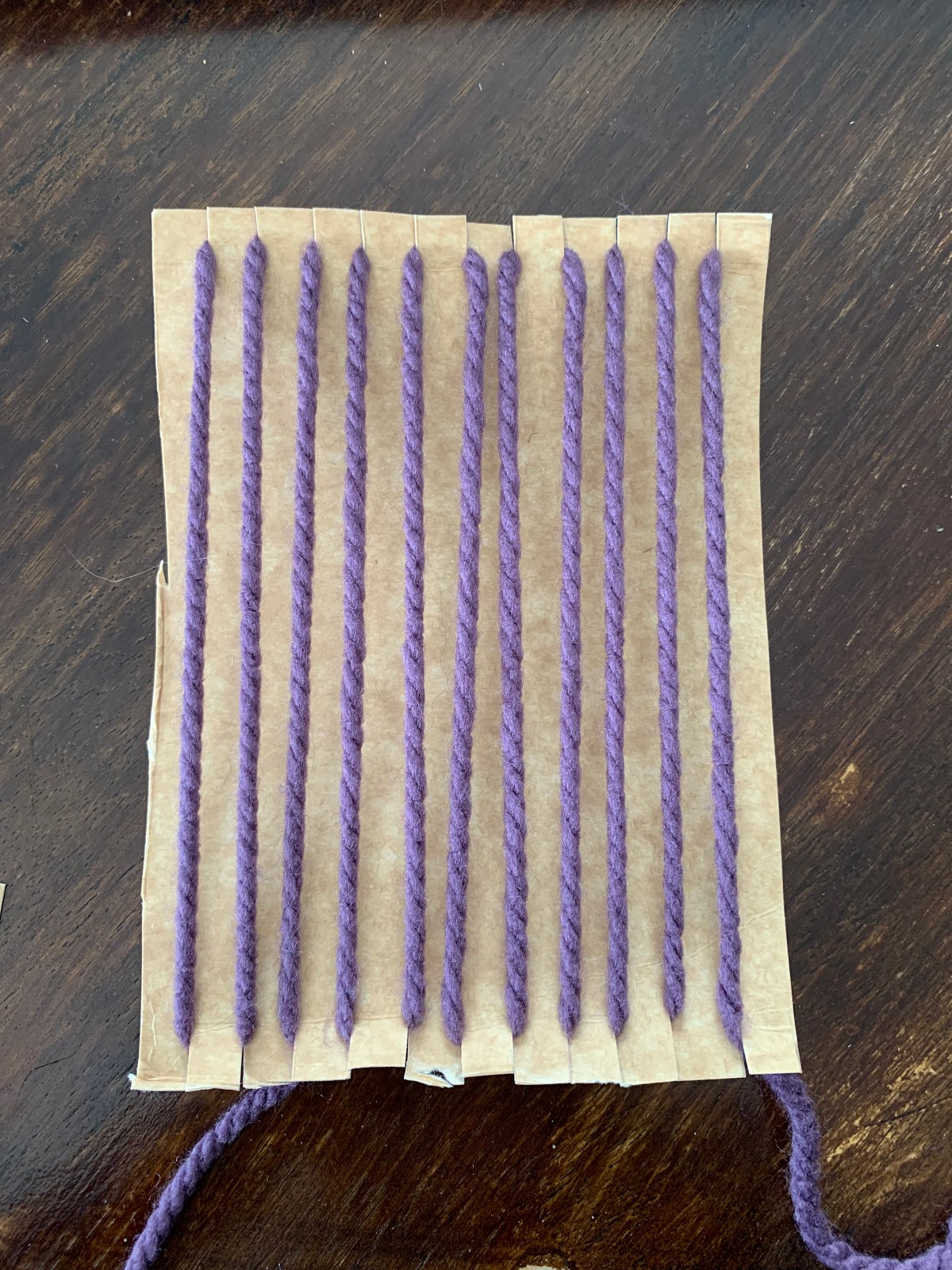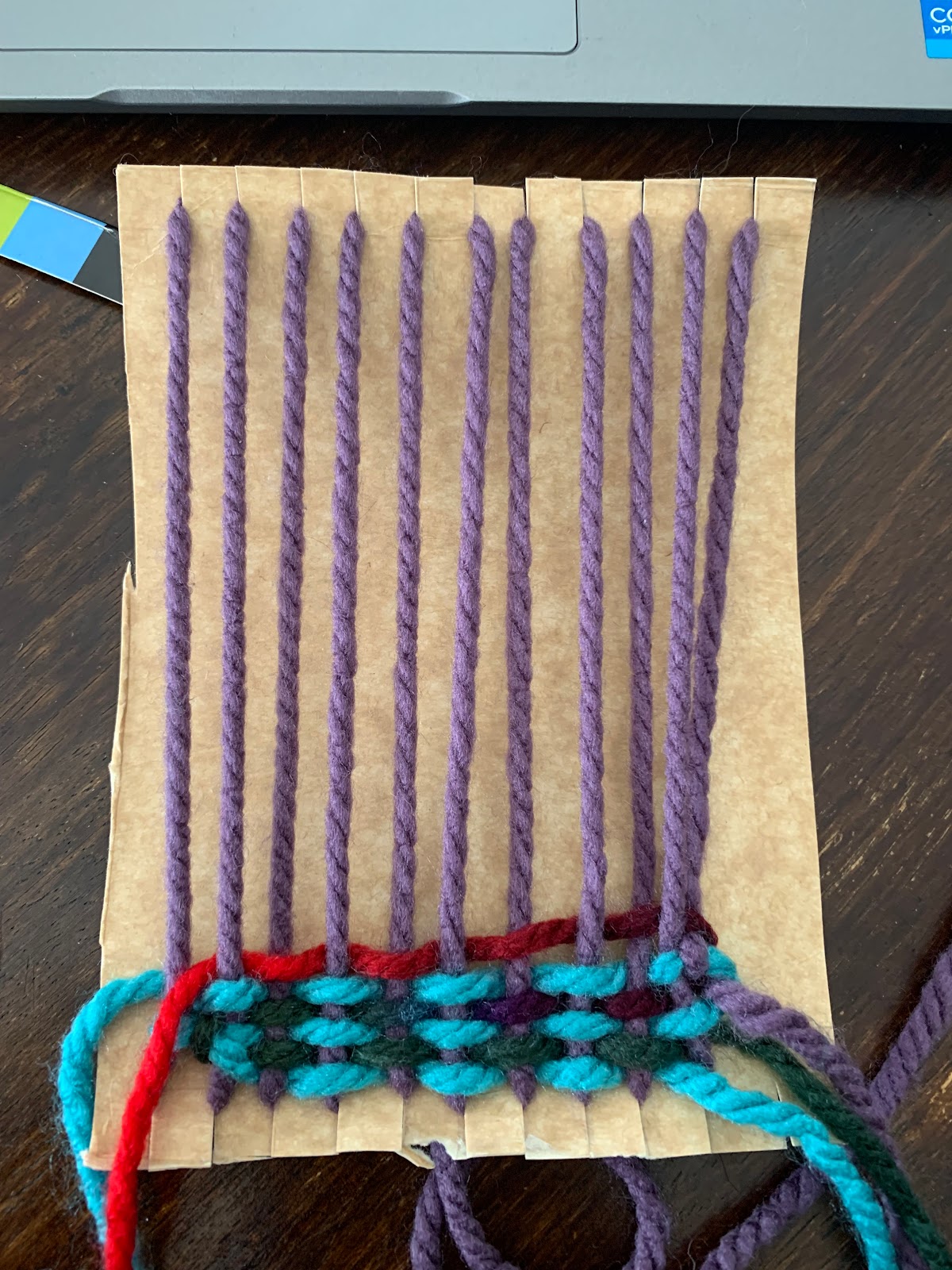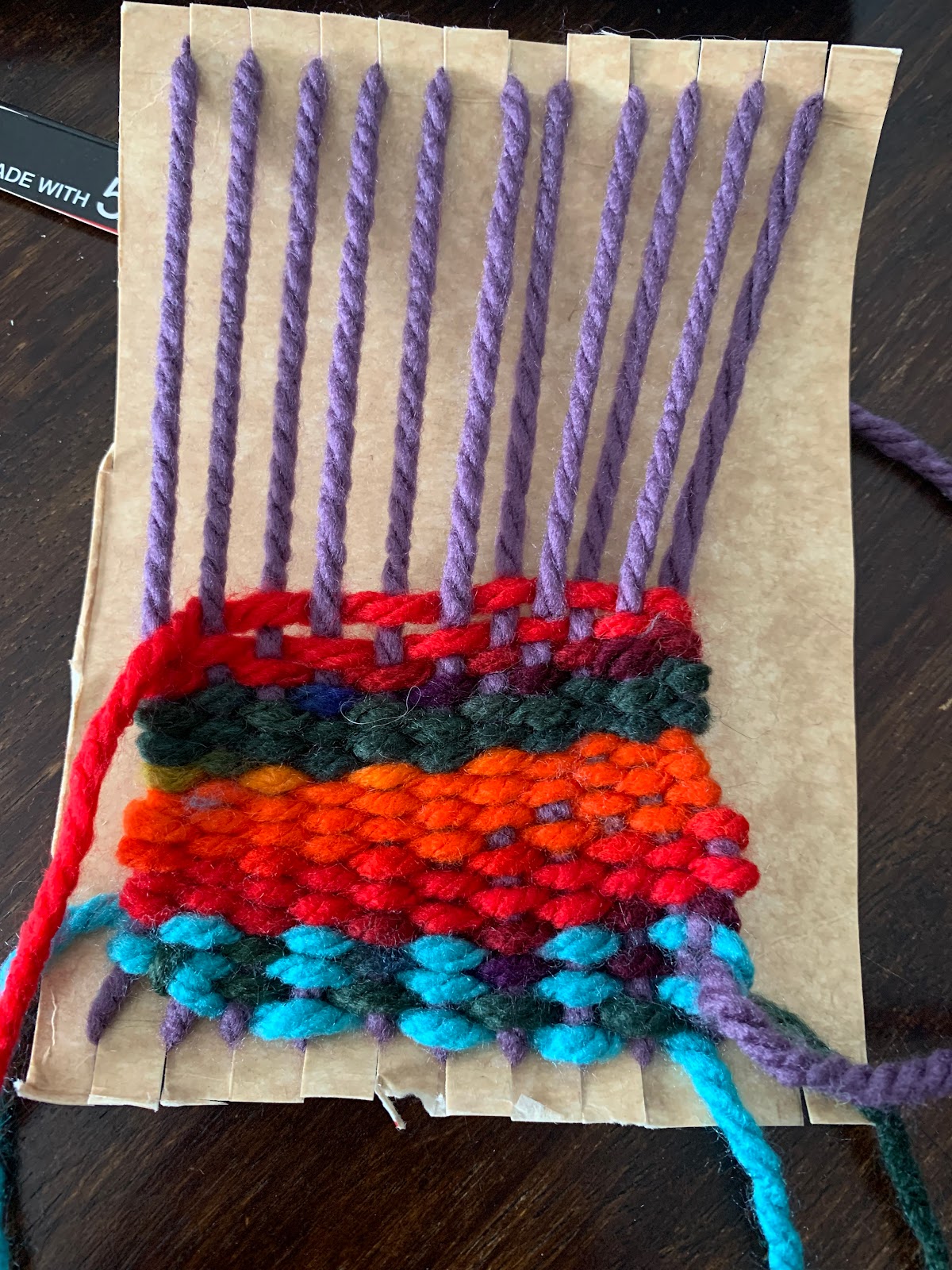Reading Response
Sarah-Marie Belcastro describes how she has converted mathematical shapes into knitted objects. She has been knitting since a child but as adult began knitting mathematical objects, starting with a Klein bottle. The article outlines her process to creating the Klein bottle including materials chosen and shortcomings. At the end of the article she explains that she is still working on designs for the Klein bottle and continues to be challenged with this mathematical knitting. The article showcases photos of Belcastro's knitting projects as well as where her inspiration came from. She explains that these objects are good teaching aids as they can be physically manipulated. She also explains that knitting connects to geometry as there are stitches, increases and decreases, rows and columns. The article discusses other mathematical objects that Belcastro has knitted and the process/struggled involved with them. She explains the design process for knitting mathematical objects: choose an object, articulate mathematical goals, consider objects fine structure, produce a pattern.
In explaining the process of creating Klein bottles, Belcastro explains that her shortcomings were aesthetic or mathematical. The knitting was ugly due to the materials and tools she had chosen to use and there was difficulty in creating the mathematical shapes. As someone who knits and crochets often I related to the feeling that final products did not turn out because they don't look the way I wanted them to. I also have had issues with my knitting because I dropped a stitch early on and didn't realize it or somehow I added a stitch that messed up the line. While I haven't tried to knit mathematical object necessarily, I have experienced issues in my knitting due mathematical errors (counting stitches).
As I have knitted since I was a child I have always wanted to try and put knitting into my classroom. In EDCP 550 I completed my final project on knitting blankets and sleeping pads for the homeless out of old clothing. I am still thinking of more ways that knitting can be brought into the classroom. After last week reading about the comic being written on a Mobius band, I am thinking about how students could knit or sew a mobius band and then add a story to it so that the reader can physically move the story along as they read. I also think just making the Mobius band would be a positive way for students to be able to understand it better (although more of a time commitment than making one out of paper).
I love the idea of knitting mathematical objects and am inspired to try it, I just am unsure what I would do with the object once I was finished it however I will continue to explore the math involved in knitting.
Questions
- Do you knit, crochet or something similar? Have you tried to use this with students before?
- If you don't knit yourself, how would you go about incorporating knitting into a math class?
- How can we encourage everyone to try these crafts especially when they see the binary between what crafts for 'girls' are versus activities for 'boys'?
________________________________________________________________________________
Activity
Connecting to the introduction for this week, my mother taught me to knit when I was young. I engaged in a lot of different craft skills and even had a little weaving set where I made coasters. I have continued to develop some of these crafts as I am older. Since starting this program I have been thinking more consciously about how these crafts connect to mathematics. These crafts continue to hold this binary between what women can do and what men can do and I have seen this in classrooms even with young boys who don't want to knit or make bracelets because it is a girls activity.
Kaitlin and I are doing weaving for our final project for this class. I thought this was the perfect opportunity to try out a weaving activity on my own! I also really liked that the document had a variety of applications for different grade levels.
I started by making my cardboard loom and adding the warp threads. This part was simple and quick.
 |
| Cardboard loom and warp threads |
Next, I added my first and second colours. I started with two colours to copy the design that was on the document however it was a challenge to keep track of all the yarn.
 |
| First few rows alternating colours |
I then decided to try with only one yarn as I was using a multi-colour yarn anyways. This was much easier to work with and keep track of and still looked pretty okay with the many colours of the yarn.
 |
| Halfway through using only one yarn now |
I realized that my design was getting quite tight and in the future I would need to try and be a little looser with my tension.
I like the activity of trying to weave this way, it ended up being a little more challenging that I thought it would be however I do know how I could adapt the weaving in a few different ways to make it easier for those that may struggle. I enjoyed the chance to try out some weaving as this isn't something I have really done since I was a child.

Hi Jodi,
ReplyDeleteI have tried knitting before, but not with students. I only know a simple stitch, and I can knit rectangular-shaped things. I did, once, knit a cardigan for my baby niece out of three rectangles. Each sleeve was a long rectangle, folded to make a tube, then sown onto the bodice, which was another rectangle folded over. I added a ribbon to tie the front closed. I wonder - if more complicated mathematical shapes are too tricky for beginners to knit or crochet, what can be made by manipulating easier shapes (like rectangles)? We often think of scarves, wash cloths, or blankets as projects for beginners, but what else (like my niece's sweater) could be constructed out of rectangles and squares?
I had a student this week who used a mobius strip in a very interesting way! The class had a test coming up and I told them that they could make a cheat sheet to bring into the test, but they could only have notes on one side of one piece of printer paper. I had a student cut his paper into two long strips, and fold it into a mobius band, because "Ms. Wiens, it technically only has one side." The rest of the class was so impressed by his creative thinking that they stood up for him and said he should be allowed to use it on the test.
Hey Diane! I love that story about your student using the Mobius strip in a clever way. I agree that more complex knitting patterns would be difficult for beginners but there are so many things that you can make from only squares or rectangles! I have made a few sweaters like the one you mentioned and more made out of squares sewn together. I think if students are willing to make the basic shapes then it would be fairly simple to help them make something more complex out of these! Another idea is a class blanket where each student knits their own square and then they get sewn together to make a large blanket.
DeleteHello Jodi! So sorry for my late reply to this. I am trying to catch up with coursework now. First of all, congratulations on your work done here with your knitting. Personally, I am not a knitter per se, but I do love the way that knitting is embedded in ancestral traditions, especially down here in the Mapuche nations (central Chile's first nation) and also the Inca. Your comment, work, and post reminded me of the knitting tributary counting system that the Incas (Peruvian first nation) had; they called it Quipu. (https://en.wikipedia.org/wiki/Quipu).
ReplyDeleteIt is simply fascinating how this nation discovered a way to keep track of their tribute to Inti (the main deity), located in Machu Picchu. It is a remarkable tribute system, considering the vast territory of the Inca empire in their times (all of Peru and almost all the northern section of Chile and northwest Argentina** this last one I am not very sure though).